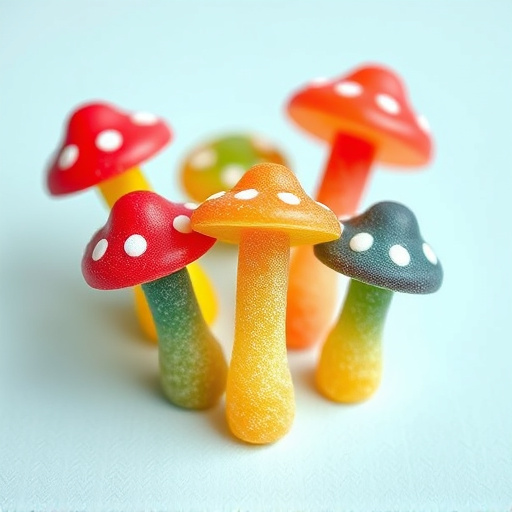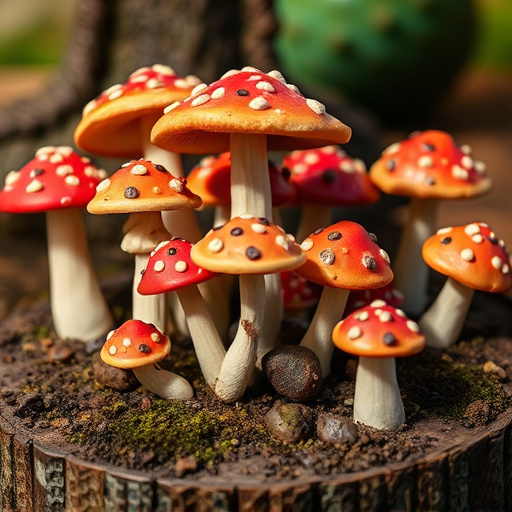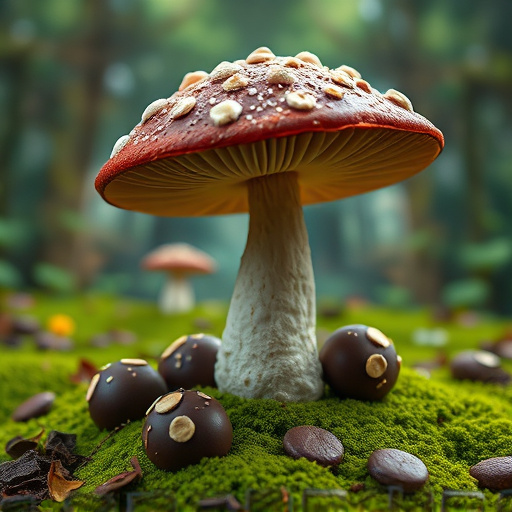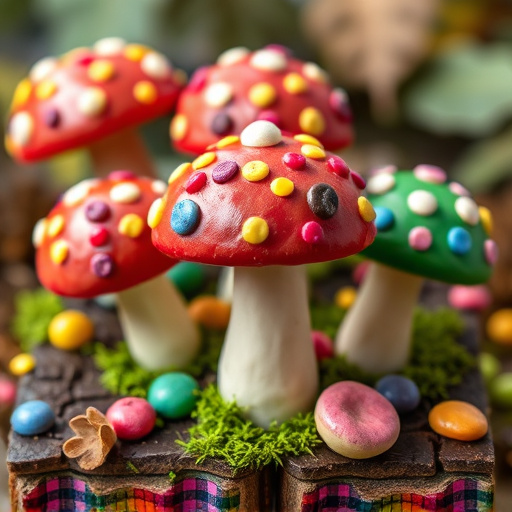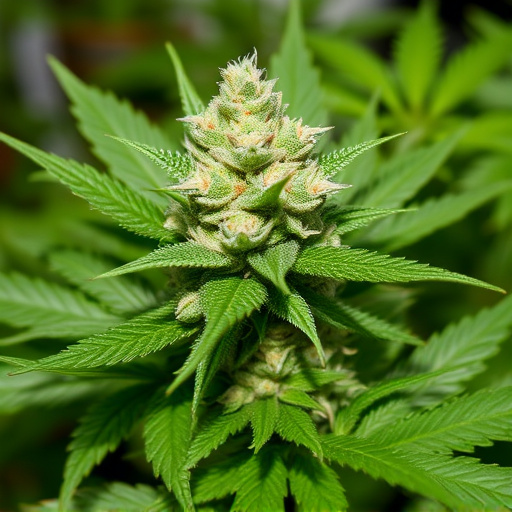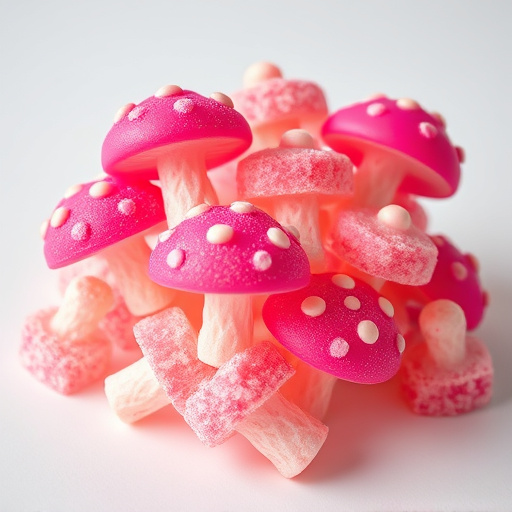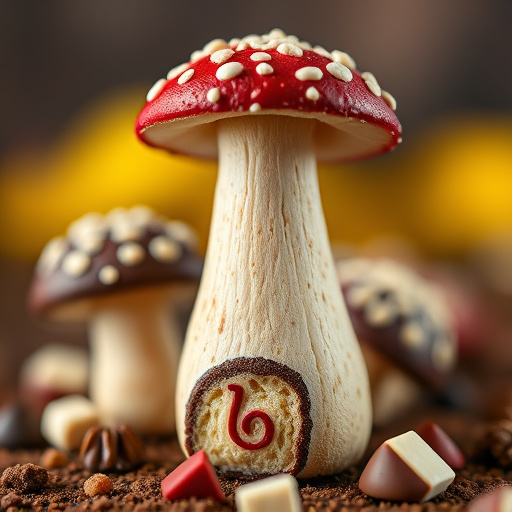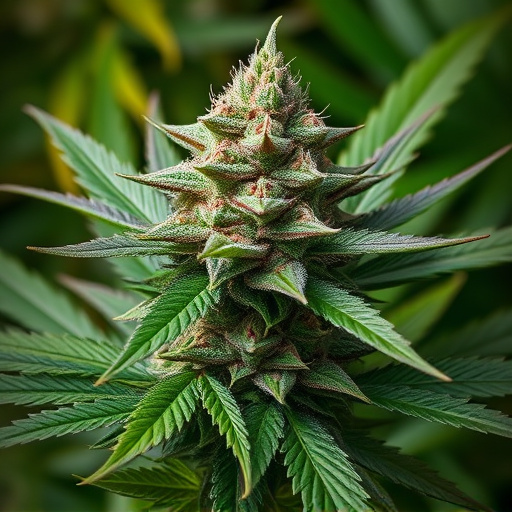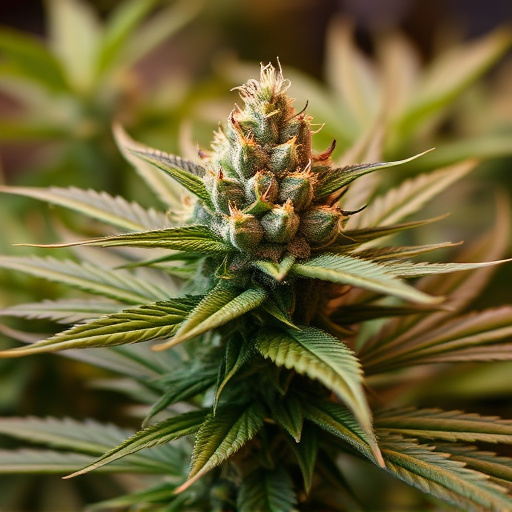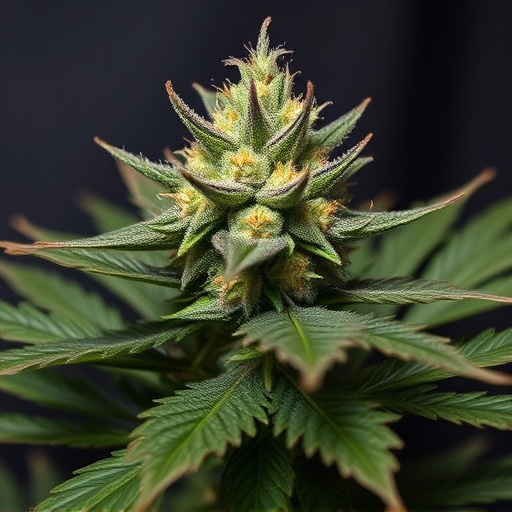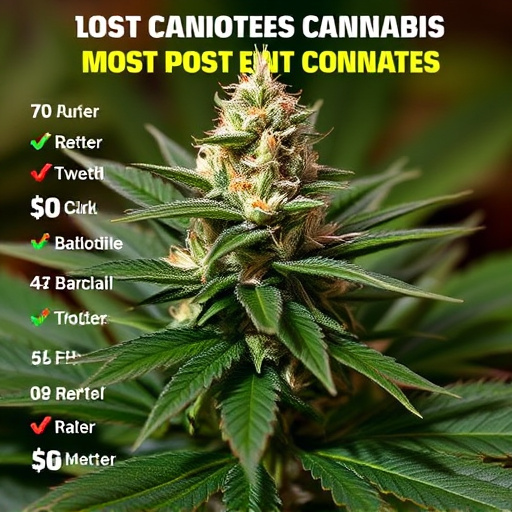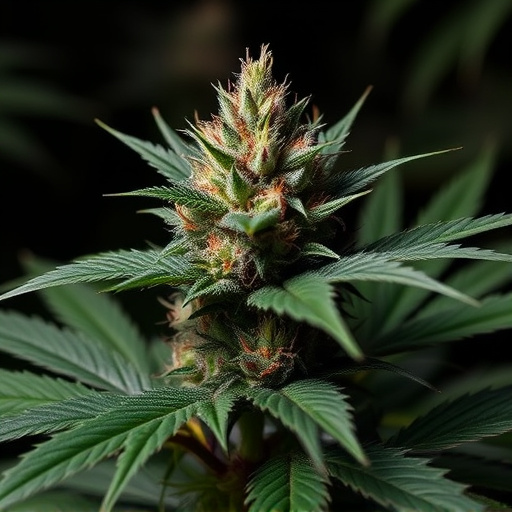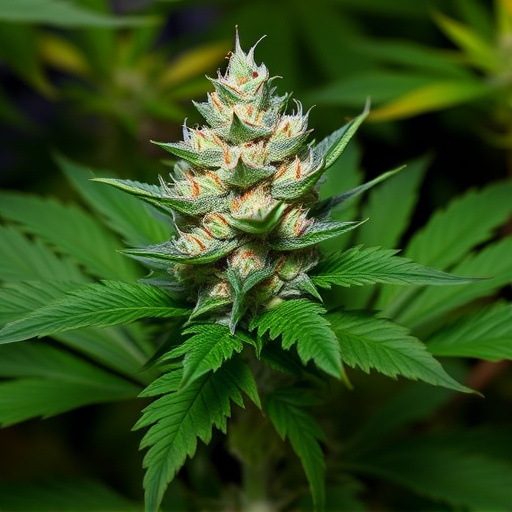Understanding cannabinoid profiles, especially the interplay between THC, CBD, and terpenes, is crucial for unlocking the full potential of most potent cannabis strains. Cannabis plants, classified as Cannabis sativa, exhibit genetic variability leading to diverse colors (purple, red, blue) and unique cannabinoid/terpene combinations. Breeders leverage this diversity to create new, highly potent strains optimized through environmental factors like light, temperature, and nutrients, resulting in vibrant colors and enhanced health, concentration, and user experiences.
Uncover the secrets behind the vibrant hues of purple, red, and blue in your cannabis plants. This article delves into the fascinating world of cannabinoid profiles, genetic variability, and environmental factors that contribute to these unique pigmentations.
Learn how THC, CBD, and terpenes play a crucial role in determining the final color of your most potent cannabis strains. Explore the diverse genetic landscape and discover how different strains express their distinctive colors. Uncover the impact of environment, revealing the art behind nature’s palette.
- Understanding Cannabinoid Profiles: The Role of THC, CBD, and Terpenes
- Genetic Variability: How Different Strains Express Unique Pigments
- Environmental Factors: Uncovering the Influence on Final Coloration
Understanding Cannabinoid Profiles: The Role of THC, CBD, and Terpenes
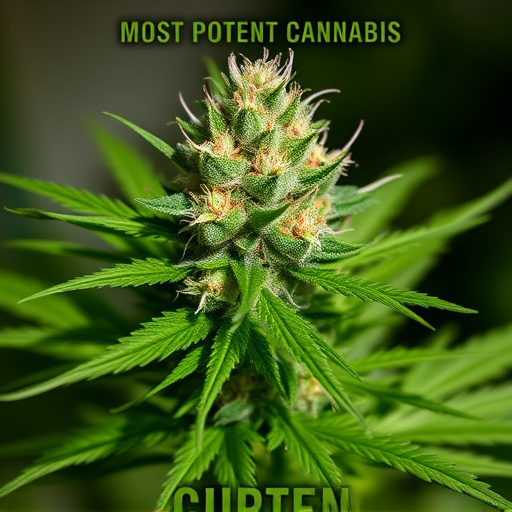
Understanding Cannabinoid Profiles: The Role of THC, CBD, and Terpenes
Cannabis plants produce a complex mix of chemical compounds that contribute to its unique effects. Among these, cannabinoids like Tetrahydrocannabinol (THC) and Cannabidiol (CBD) are the most well-known. THC is responsible for the plant’s psychoactive properties, making users feel high, while CBD offers potential therapeutic benefits without any intoxicating effects. Together, these cannabinoids create what’s known as the entourage effect, where their combined action amplifies the overall experience.
But cannabinoids aren’t the only players in this biochemical dance. Terpenes, aromatic compounds that give cannabis its distinct smells and flavors, also play a crucial role. Specific terpenes can enhance or modulate the effects of THC and CBD, further contributing to the varied experiences users have with different strains. When seeking out the most potent cannabis strains, understanding these cannabinoid profiles is essential for predicting and optimizing the desired effects.
Genetic Variability: How Different Strains Express Unique Pigments
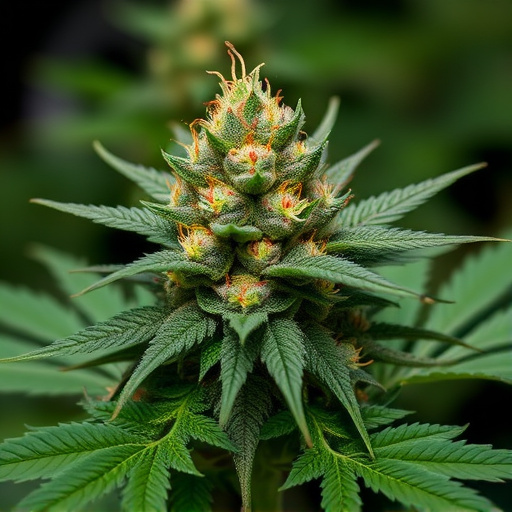
Cannabis plants, scientifically known as Cannabis sativa, exhibit a remarkable range of colors in their foliage, with purple, red, and blue hues being particularly striking. This vibrant display is not merely aesthetic; it’s rooted in genetic variability—a concept that explains why different cannabis strains express unique pigments.
Genetic variability allows for the expression of various cannabinoid profiles and terpene compounds, which contribute to the distinct appearances seen in these colorful strains. The most potent cannabis strains often harness this genetic diversity, offering users not just a visually appealing experience but also diverse effects ranging from invigorating to relaxing. This natural variation ensures that breeders can continually develop new varieties with unique characteristics, catering to a wide array of consumer preferences and therapeutic needs.
Environmental Factors: Uncovering the Influence on Final Coloration
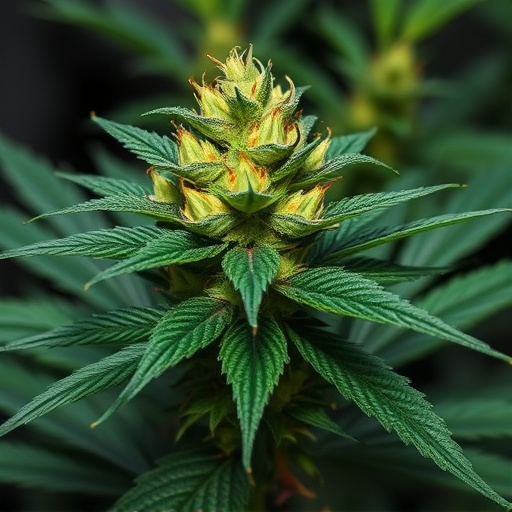
The final coloration of cannabis flowers is influenced by a complex interplay of environmental factors, which play a crucial role in determining whether a strain leans towards purple, red, or blue hues. One key factor is light exposure; varying amounts of blue and red light during the growing cycle can significantly alter pigment production. For instance, cooler temperatures and longer nights signal to the plant that it’s time to floricate, triggering the production of anthocyanins, which contribute to red and purple colors. Additionally, certain nutrients and mineral deficiencies can also affect pigmentation; for example, a lack of nitrogen might result in darker green leaves, while a surplus of certain minerals like magnesium or calcium can enhance red and blue tones.
When it comes to the most potent cannabis strains, these often exhibit vibrant colors as a result of optimal growing conditions. Growers who focus on maximizing light exposure, maintaining precise temperature controls, and providing tailored nutrient profiles can encourage plants to produce flowers with rich purple, red, and blue hues. These same environmental factors that influence coloration also impact the plant’s overall health and the concentration of cannabinoids like THC and CBD, making proper cultivation techniques essential for creating high-quality, visually striking, and potent cannabis varieties.
The vibrant colors of purple, red, and blue in weed are not just aesthetic; they’re a result of complex interactions among cannabinoids like THC and CBD, genetic variability among different strains, and environmental factors. Understanding these elements helps cultivators create the most potent cannabis strains, catering to diverse consumer preferences and medicinal needs. By exploring cannabinoid profiles, embracing genetic diversity, and optimizing environmental conditions, we can unlock the full potential of these captivating hues in the cannabis landscape.
